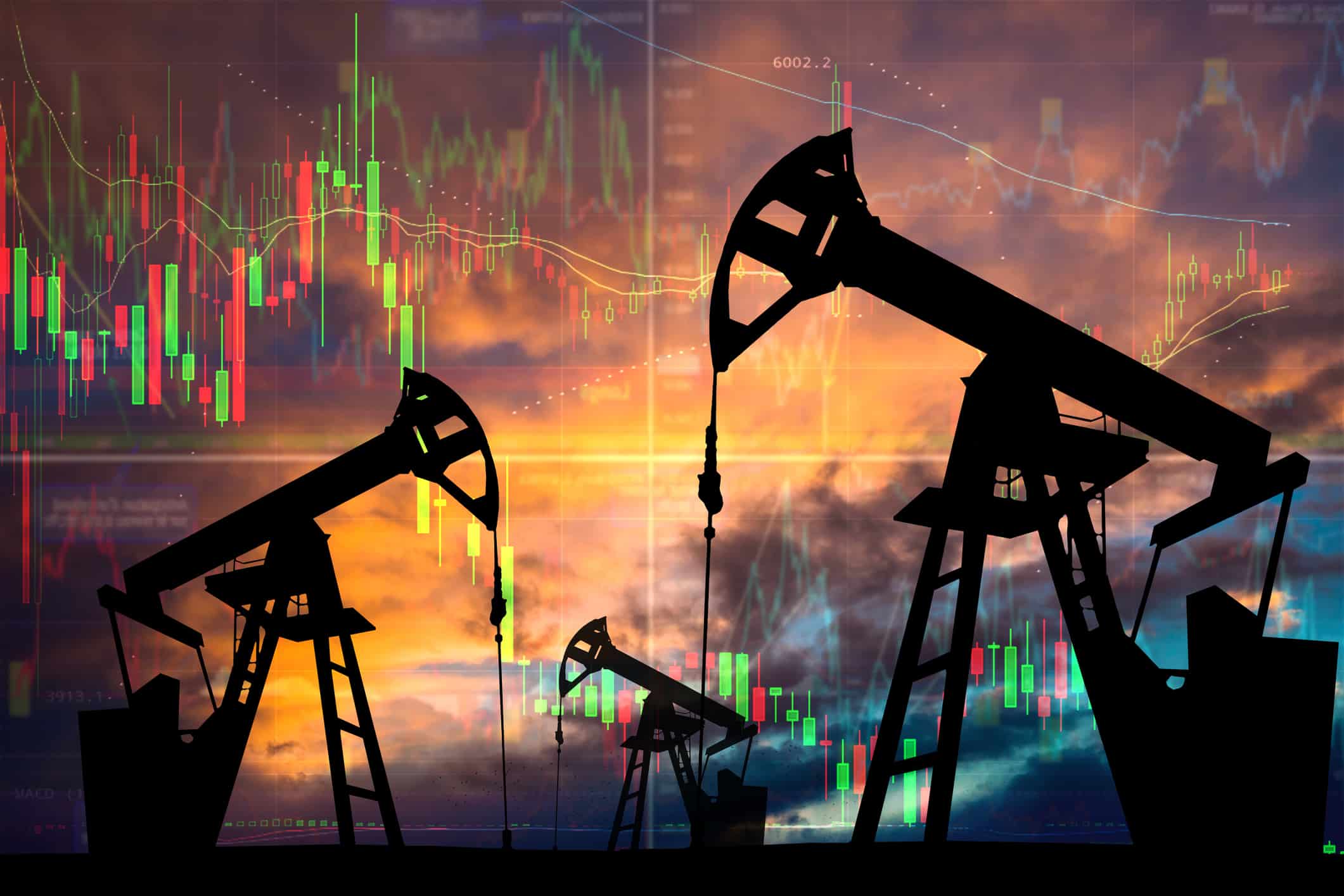TOPLINE
Global oil demand reached record levels in June and is poised to peak again in August, the International Energy Agency said on Friday, warning that price hikes could be on the horizon as slowing outputs from major suppliers like Saudi Arabia tighten supply.
KEY FACTS
World oil demand hit a record 103 million barrels a day in June, the IEA said.
The agency said demand could rise further in August and demand for 2023 as a whole is expected to reach 102.2 million barrels a day.
The figure, an increase of around 2.2 million barrels a day from the year before, would mark the highest ever annual level, the agency said.
China is responsible for the lion’s share of this growth, accounting for more than 70% of the uptick, the IEA said, adding that demand there was “stronger than expected” and reached new highs “despite persistent concerns over the health of the economy.”
Loading...
Strong summer air travel and the increased use of oil in power generation also contributed to increased demand, the IEA said.
The IEA forecast continued, albeit slower, growth for oil demand in 2024, pointing to “lacklustre economic conditions,” new electric vehicles and the “post-pandemic rebound running out of steam.”
WHAT TO WATCH FOR
Oil prices could be poised to rise even higher in coming months as major producers, particularly Saudi Arabia, move to constrict supplies. Previous production cuts from the Organization of the Petroleum Exporting Countries and its allies, known as OPEC+, have helped drive oil prices up and the IEA warns the bloc’s targets, if maintained, pose “a risk of driving prices still higher.”
TANGENT
The IEA said Russia’s oil exports breached the price cap put in place by the Group of Seven (G7) nations. Prices reached an average of $64.41 a barrel last month, the IEA said, above the $60 a barrel cap the group set. The cap was designed to limit Moscow’s ability to fund its war in Ukraine while simultaneously averting chaos in global energy markets by keeping its oil on the markets and it limits how companies can move Russian oil by cutting access to things like insurance and other key services should they pay more than this threshold. The rule has changed the map of global oil supply chains and exports from Russia, a major producer, away from Europe and towards Asia. The IEA said crude exports to India and China accounted for 80% of Russia’s shipments.
Forbes Daily: Get our best stories, exclusive reporting and essential analysis of the day’s news in your inbox every weekday.Sign Up
By signing up, you accept and agree to our Terms of Service (including the class action waiver and arbitration provisions), and Privacy Statement.
KEY BACKGROUND
While oil demand dropped during the Covid-19 pandemic and as the world shifted to greener forms of energy, supplies have also tightened from output cuts and disruption from Russia’s invasion of Ukraine. The recent squeeze, spearheaded by Saudi Arabia’s voluntary production cuts, have helped push prices up and Brent crude, a key international benchmark, was trading at $88 dollars a barrel on Thursday, a six month high.
FURTHER READING
Electricity Demand Slows In 2023 As Economic Downturn And Energy Crisis Weighs On Growth, IEA Says (Forbes)
Loading...
